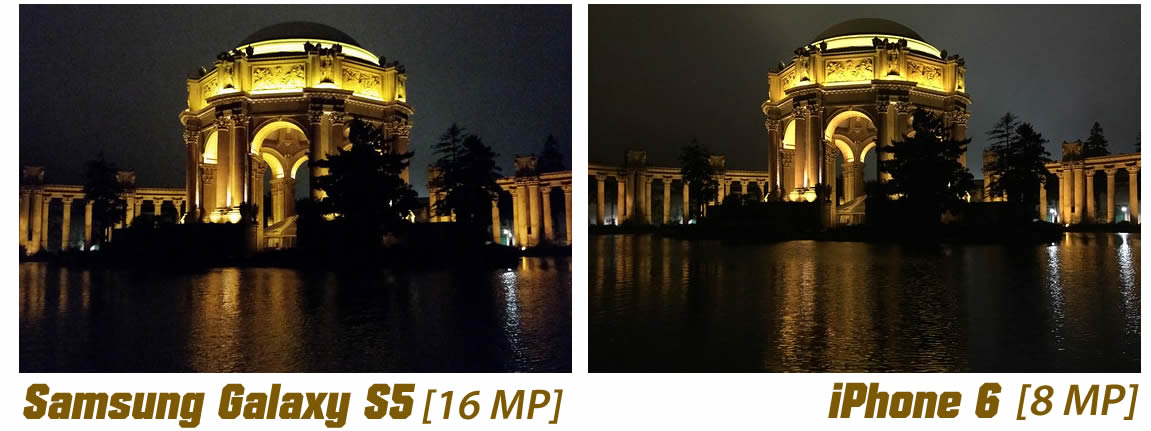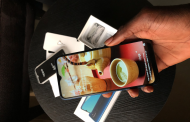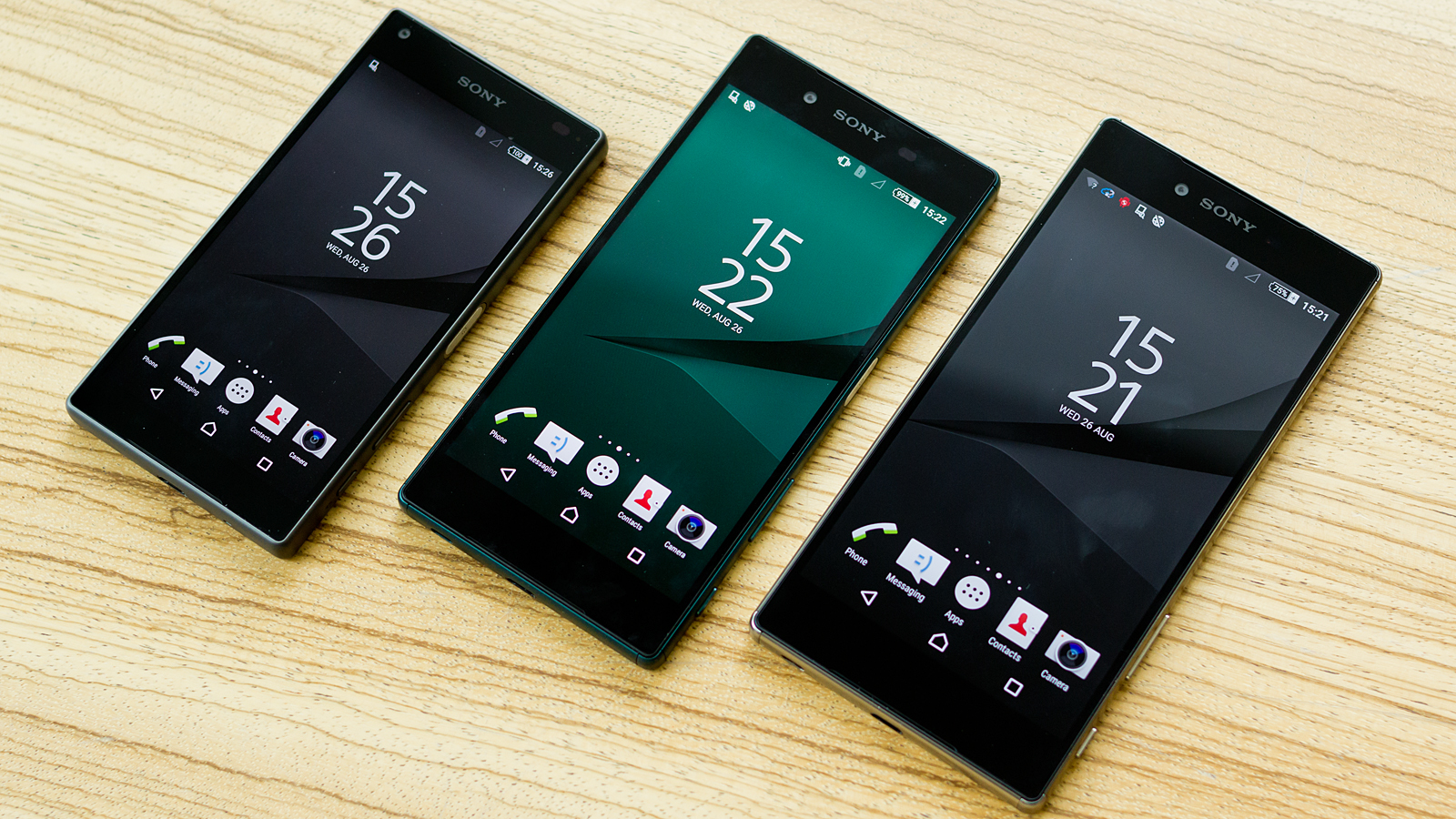Leading mobile phone manufacturers in China have earned a notorious reputation for slamming outrageous megapixels on their smartphone cameras, and most phone lovers have fallen victim of such practices.
We have seen Nokia Lumia 1020 launched with 41 MP cameras, and that’s obviously an incredible feat of achievement in the smartphone world. Sony has also created a benchmark for itself with the Xperia smartphones, attaining as much as 20 MP on its camera sensor, while the highly rated Samsung Galaxy S5 is slammed with a 16 MP camera. But do all of these really sum of to the quality of images a smartphone can output?
Users rate the quality of their smartphone cameras with the range of megapixeles available to them, at least, this is what mobile vendors want the ordinary smartphone enthusiast to believe, but Apple thinks otherwise and the iPhone 6 which retains the 8 megapixeles camera of its predecessor efficiently puts the overemphasis on higher megapixels to shame!
Now, What’s A Megapixel?
A megapixel is equal to one million pixels. A pixel is a picture element. The more pixels used to produce a photo, the less “grainy” it will appear and the better any enlargements made from it will be.
Do More Megapixels Mean Better Photo Quality?

It seems logical that more megapixels would mean a sharper photo. In truth, though, it could just mean a terrible photo made of more dots.
Ouch…
If you got a smartphone with 8 megapixels, you wish you could get a newer model that has 16 MP cameras. But does it really mean anything? Does having more megapixels amount to better photo quality, or is it all just marketing gimmicks?
Don’t Miss: Sony’s Detachable Camera Lens Turn Smartphones To A Full-fledged Digital Camera
Megapixels do matter, but that’s only up to a certain point. What smartphone users should pay more attention to, are details like the quality of the lens, shutter speed, image processing technology, circuitry and sensor — not to mention your mastery of lighting, composition and the camera’s controls. The iPhone 6 camera makes other smartphones with higher megapixles, especially the China counterparts look like a child’s play.

iPhone 6 camera showing attention to detail
Having the capacity to capture 43 MP panoramic images makes the iPhone 8 MP camera simply unbelievable. Apple’s new Focus Pixels for faster focus as well as Phase Detection Autofocus technology spices up the iPhone 6 camera in ways never imagined.
Final Thoughts
More megapixels means larger file size, which in-turn requires more image processing power. Your photos will fill your storage space much faster. Worse case scenario, when the pixels are densely packed on a sensor chip, it emanates more heat which can introduce speckles into low-light shots.
Apple doesn’t give to consumers what they think they want, rather, the most valuable company gives to consumers what it thinks is good for them and they got this spot on.
Who needs more megapixels when vendors haven’t maxed out what a standard (8 MP) megapixel can do?
Smartphones are not built to take over the roles of a digital camera, if you care so much about imaging; you are better off picking off one of these high quality digital cameras for a never-again-to-be duplicated experience.
Image via WSJ, Parislemo
Hot:
















